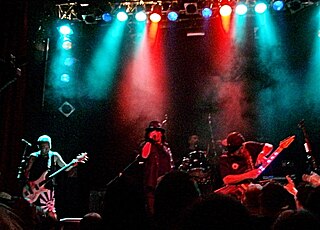
Fire Fire is the second studio album released by Japanese metal band Ezo. It was released in 1989 on Geffen Records.
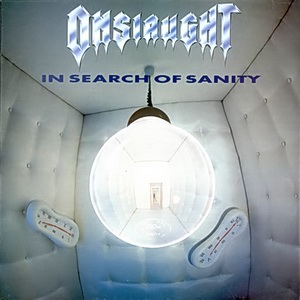
In Search of Sanity is the third studio album by English thrash metal band Onslaught, released in 1989. This album was originally recorded with Sy Keeler, but London Records were not impressed with the final product from a commercial point of view and enforced a re-mix and a complete re-recording of the vocals by Grim Reaper frontman Steve Grimmett, being the only album featuring him. It features their longest song to date "Welcome to Dying". The album contains a more polished sound than previous Onslaught albums, meeting mixed reviews by their fans. Despite this, In Search of Sanity was moderately successful, peaking at #46 on the UK charts while the single "Let There Be Rock" peaked at #50 in that country. It was also Onslaught's last album before disbanding in 1991, only to reform in 2004 and the release of their fourth album Killing Peace in 2007.
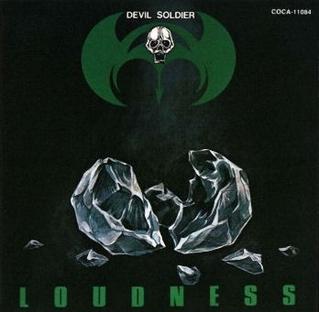
Devil Soldier is the second studio album by Japanese heavy metal band Loudness. It was released in 1982. The American Daniel McClendon was called to engineer the sound of this album, because there was no Japanese technician experienced enough in heavy metal records at the time. The album won the award for Best Heavy Metal record of the year in Japan. The reissue in CD of 2005 contains two bonus tracks, coming from the second single of the band.
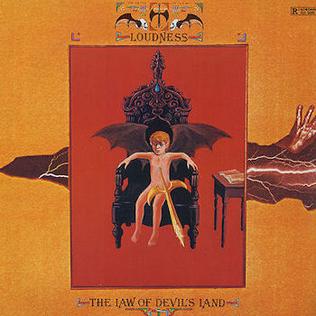
The Law of Devil's Land is the third studio album by the Japanese heavy metal band Loudness. It was released in 1983 only in Japan and later distributed in Europe by Roadrunner Records. The CD reissue of 2005 contains two extra songs coming from the English version of the band's third single.
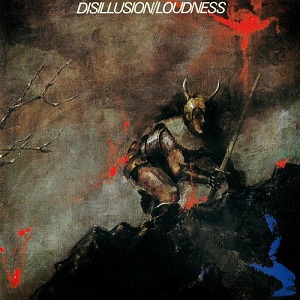
Disillusion is the fourth studio album by Japanese heavy metal band Loudness. It was recorded, mixed and mastered in London, England, in 1983 and released at the beginning of 1984. The sound engineer chosen for the recording sessions was the expert Julian Mendelsohn, who had previously worked with acts like Yes, Elton John, Jimmy Page and Bob Marley. The original Japanese version was licensed and released by Music for Nations in the UK and Roadrunner Records in Europe. Attention by major US labels for the band and the need to make their work accessible to Western audiences, prompted a new release of the album with vocal tracks sung in English on July 1, 1984. The English version opened the album with the instrumental "Anthem " by Akira Takasaki, which was missing in the original Japanese release.

Hurricane Eyes is the seventh studio album by Japanese heavy metal band Loudness. It was released in 1987 worldwide with standard English lyrics. A "Japanese Version" was subsequently released only in Japan later in the year with Niihara singing most of the lyrics in Japanese. The album was produced by the famous producer and sound engineer Eddie Kramer, who had worked with the likes of The Rolling Stones, Led Zeppelin, Jimi Hendrix and Kiss. The song "So Lonely", a reprise of "Ares Lament" from the album Disillusion of 1984, was instead produced by Andy Johns, another world-famous producer. This was the last Loudness' album to enter the US Billboard 200 chart, where it remained for 4 weeks, peaking at No. 190.

Loudness is the tenth studio album by Japanese band Loudness. It was released in 1992 only in Japan, after the band had terminated the recording contracts with US labels. Original bass player Masayoshi Yamashita was replaced with Taiji Sawada and the American vocalist Mike Vescera with former Ezo singer Masaki Yamada.

Heavy Metal Hippies is the eleventh studio album by Japanese heavy metal band Loudness. It was recorded and mixed by Chris Tsangarides and released in 1994 only in Japan. After the defection of bassist Taiji Sawada, Akira Takasaki played both the lines of bass and guitar on the album. In addition, drummer and band co-founder Munetaka Higuchi was replaced by Hirotsugu Homma.
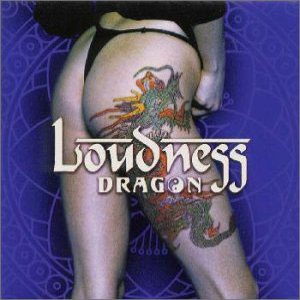
Dragon is the thirteenth studio album by Japanese heavy metal band Loudness. It was released in 1998 only in Japan.

Engine is the fourteenth studio album by Japanese heavy metal band Loudness. Released in 1999, it was the third and final album to feature the lineup of guitarist Akira Takasaki, lead vocalist Masaki Yamada, bassist Naoto Shibata, and drummer Hirotsugu Homma before Takasaki reunited the original lineup in 2001.
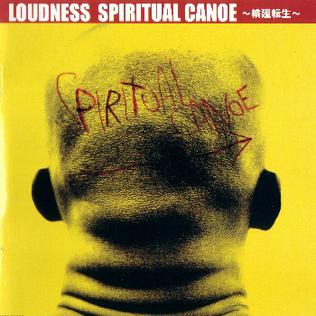
Spiritual Canoe is the fifteenth studio album by Japanese heavy metal band Loudness. It was released in 2001 only in Japan. It also marked the first time since 1988's Jealousy that the original and classic line-up recorded together.

Pandemonium is the sixteenth studio album by Japanese heavy metal band Loudness. It was released in 2001 only in Japan. All music is credited to Loudness and all lyrics to Niihara.

Biosphere is the seventeenth studio album by the Japanese metal band Loudness. It was released only in Japan, in 2002.

Metal Mad is the twenty-first studio album by Japanese heavy metal band Loudness. It was released in 2008 only in Japan. It would be the last album before Munetaka Higuchi's death in November 2008.
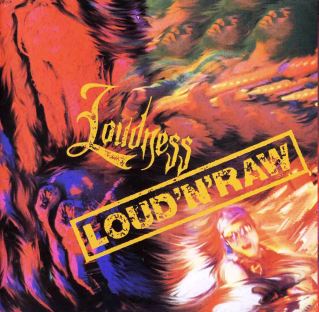
Loud 'n' Raw is the fourth live album by the Japanese band Loudness. It was released in 1995 only in Japan. "Speed King" is a cover of the Deep Purple's song from the album Deep Purple in Rock.
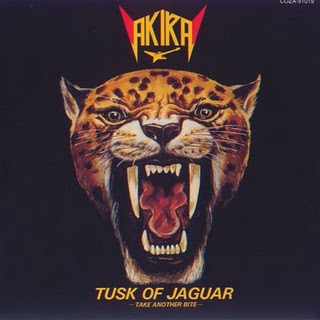
Tusk of Jaguar is the first solo studio album by Japanese guitarist Akira Takasaki, best known for his work in the bands Loudness and Lazy. It was released in 1982 only in Japan and reissued in 2005. The album is actually a joint effort of Takasaki and keyboard player Masanori Sasaji, who composed three tracks and arranged and co-produced the recording. A large contribution was given to the album by Takasaki's bandmates in Loudness, who play in most tracks and collaborated to the musical arrangements. However, the music of Tusk of Jaguar is much more varied than in any Loudness' album, with its music ranging from hard rock to progressive rock to jazz fusion, reminiscing of some Dixie Dregs' and Al Di Meola's works. The precise and fast guitar playing by Takasaki is anyway always present in every track and he even takes the lead vocal spot in the song "Ebony Eyes".

King of Pain is the twenty-third studio album by Japanese heavy metal band Loudness. It was released on May 19, 2010 only in Japan and marks the full-length debut of drummer Masayuki Suzuki. Guitarist Akira Takasaki would later say King of Pain was focused on featuring Suzuki. The album reached number 21 on the Oricon chart.
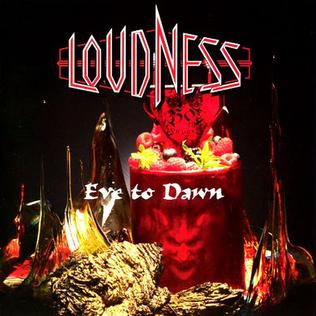
Eve to Dawn is the twenty-fourth studio album by Japanese heavy metal band Loudness, released on September 14, 2011. The album reached number 36 on the Oricon chart.

Terror is the eighteenth studio album by the Japanese heavy metal band Loudness. It was released only in Japan, in January 2004. The album is one of the heaviest released by the band, and was created with a theme of horror and terror. This theme is also reflected in the album artwork. The band display influences from Black Sabbath, and the album overall has a doom metal type sound.


